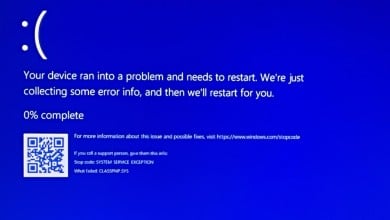How to Fix AuthenticAMD.sys BSOD on Windows 10/11
The AuthenticAMD.sys blue screen of death typically pops up when the users try to launch and play games like the Forza Horizon 5 on their computers. This Blue Screen of Death occurs in both Windows 10 and 11 and is mainly caused due to the following reasons:

Let’s look at the troubleshooting methods to help you fix the problem.
1. Update the Driver
The first thing that we recommend you do after encountering the AuthenticAMD.sys blue screen of death is to update the AMD device driver. If the issue is caused by the driver being outdated, installing its latest updated version should resolve the issue for you.
Alternatively, you can download and install the version of the Chipset drivers recommended on the motherboard’s website. We have outlined both methods below. You can proceed with the one that suits your situation the best.
To update the driver using the Device Manager, follow these steps:
- Type Device Manager in Windows search and click Open.
- In the following window, locate and expand the Display adapters section.
- Right-click on the AMD driver and choose Update driver from the context menu.

Update the AMD driver - Next, click on Search automatically for drivers. The system will now run a scan checking for an updated driver version.

Search the system for updated driver software - Follow the on-screen instructions to complete the installation and then restart your PC.
Upon reboot, check if the issue is resolved.
If you want to use the manufacturer’s website, launch your browser and head over to the support page for your PC or Motherboard. Enter your device specifications and look for a compatible updated version there.
Once found, install it and perform the action causing the crash again. Hopefully, you will now reencounter the problem.
2. Update BIOS
Some users also found that updating their BIOS worked for them. As a result of updates such as these, the computer can correctly identify the hardware components, resolving errors such as this.
Follow these steps to proceed:
- Press Win + S to open the Windows search dialog.
- Type Command Prompt in Windows search and click on Run as administrator.
- Click Yes in the confirmation prompt on the screen.
- Once you are inside the Command Prompt, type the mentioned below and hit Enter to execute it.
wmic bios get smbiosbiosversion
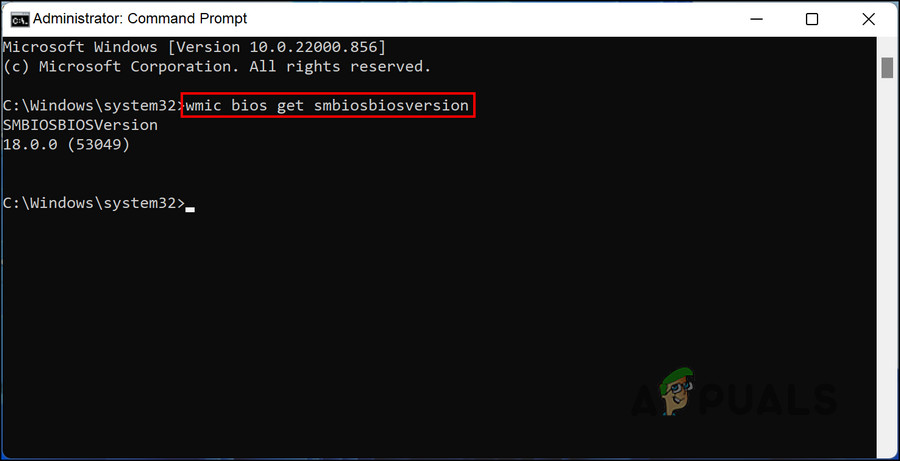
Execute the entered command - Note the BIOS version in the following window.
- Once done, launch your device’s download section of the OEM website.
- Enter your device information and check for updates.
- Check if an update is available and download it.
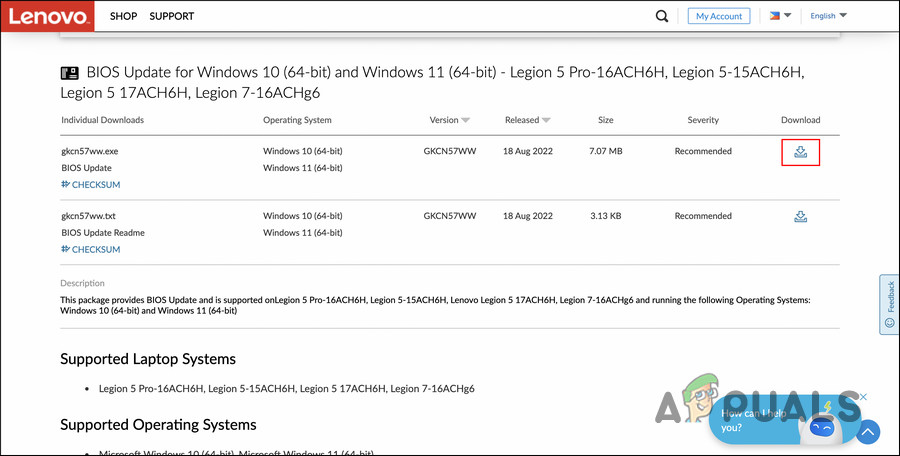
Download the update - To proceed, extract the downloaded file and follow the instructions provided in the readme.txt file.
A BIOS update should resolve this issue along with other minor issues within the system once and for all.
3. Run System Scans
You can try scanning the system for potential errors using the built-in Microsoft utilities. If any generic corruption errors or inconsistencies are identified within the system, these tools will fix them without input from your side.
This method will use the System File Checker (SFC) and Deployment Image Servicing and Management (DISM) utilities via Command Prompt. SFC will scan protected system files, reinstall corrupted files, and replace corrupted files with cached copies in a compressed folder within %WinDir%\System32\dllcache.
On the other hand, the Deployment Image Servicing and Management Tool (DISM) is a command-line executable in Windows that can repair Windows images and modify installation media.
Here is how you can run both utilities using the Command Prompt. Make sure you are logged into Windows as an administrator before you proceed.
- Press cmd in the search area of the taskbar and click on Run as administrator.
- Alternatively, you can open a Run dialog by pressing Win + R.
- Type cmd in the text field of Run and press Ctrl + Shift + Enter to open Command Prompt with administrative privileges.
- In the Command Prompt window, execute the following command:
sfc /scannow
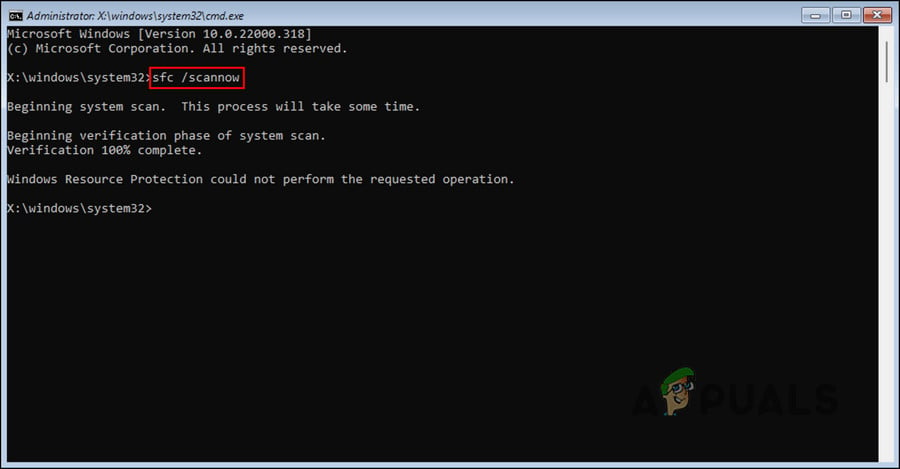
Run a system scan - Once the command is executed, proceed with executing this command:
DISM /Online /Cleanup-Image /RestoreHealth
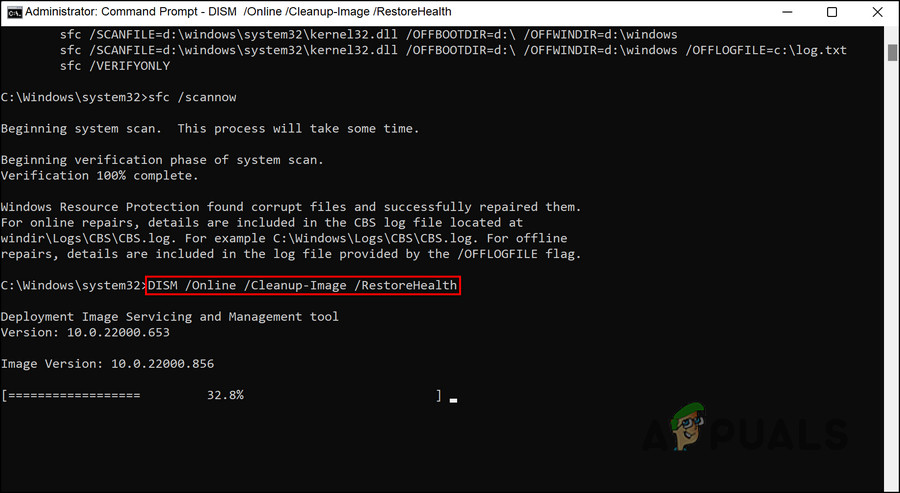
Run the restore health command
4. Disable Fast Startup
Some users also noticed that the issue was being caused due to the fast startup feature.
Fast Startup lets you restart your computer more quickly after a shutdown in Windows. In place of a complete shutdown, Fast Startup puts your computer into hibernation. The Fast Startup feature is enabled by default if your computer can hibernate.
If this feature is enabled, here is how you can disable it to resolve the problem:
- Type Control Panel in Windows search and click Open.
- In the following window, type Power options and click on the most appropriate result.
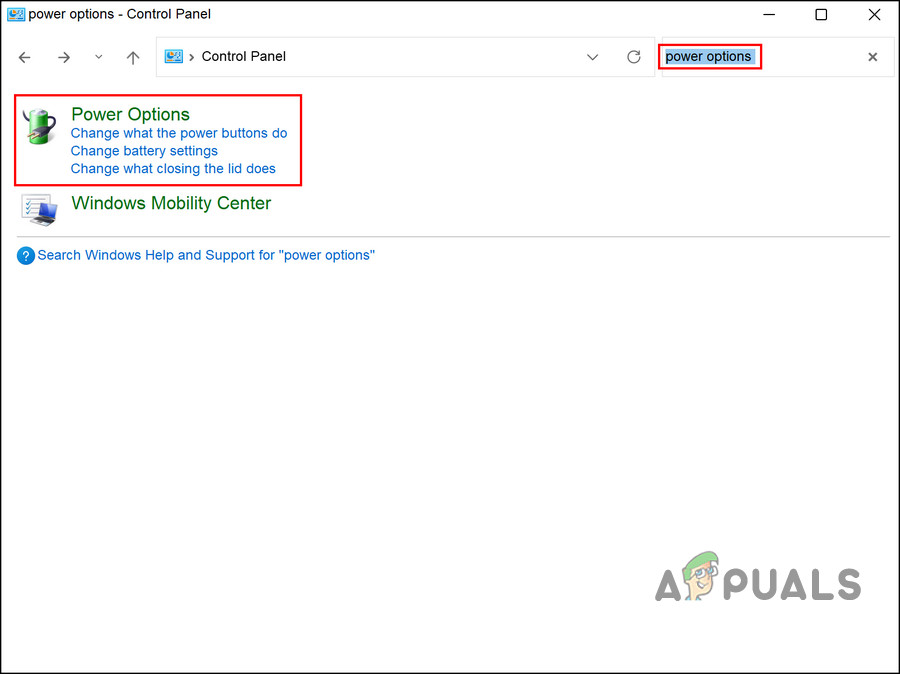
Access the Power options in the Control Panel - Now, click on Choose what the power button does.
- In the right pane, choose Change settings that are currently unavailable.
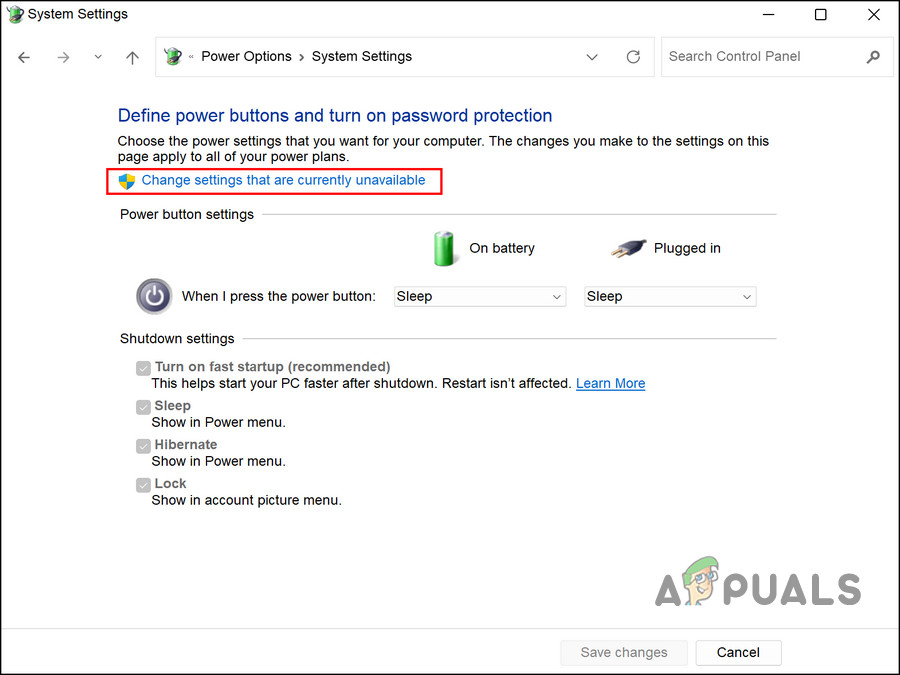
Change the unavailable settings - Head over to the Shutdown settings section and uncheck the box for Turn on Fast Startup (recommended).
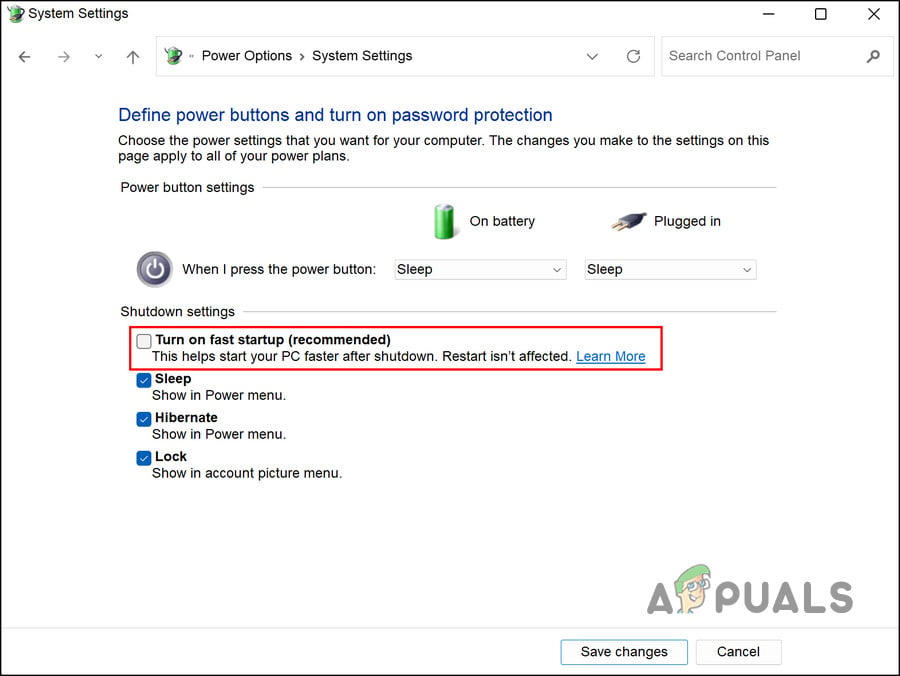
Disable fast startup in Control Panel - Click on the Save changes button.
- Finally, restart your computer and then check if the problem is resolved.
5. Update Windows
The problem might be caused by a lack of recent system updates. If you haven’t installed the pending updates in a while, you can install them and check if the issue is resolved.
Here is how you can proceed:
- Press Win + I keys together to open Windows Settings.
- Choose Windows Update from the context menu.
- Click the Check for updates button in the right pane and wait for Windows to display any pending updates.

Click on the Check for updates button - Install the pending updates one by one and then check if the issue is resolved.
